Fabric scraps can quickly accumulate, leaving you with a pile of odds and ends that might feel overwhelming. But with a little creativity, you can transform these small pieces into fun and functional projects. Embracing these remnants not only sparks your imagination but also helps reduce waste, making your crafting experience more sustainable.
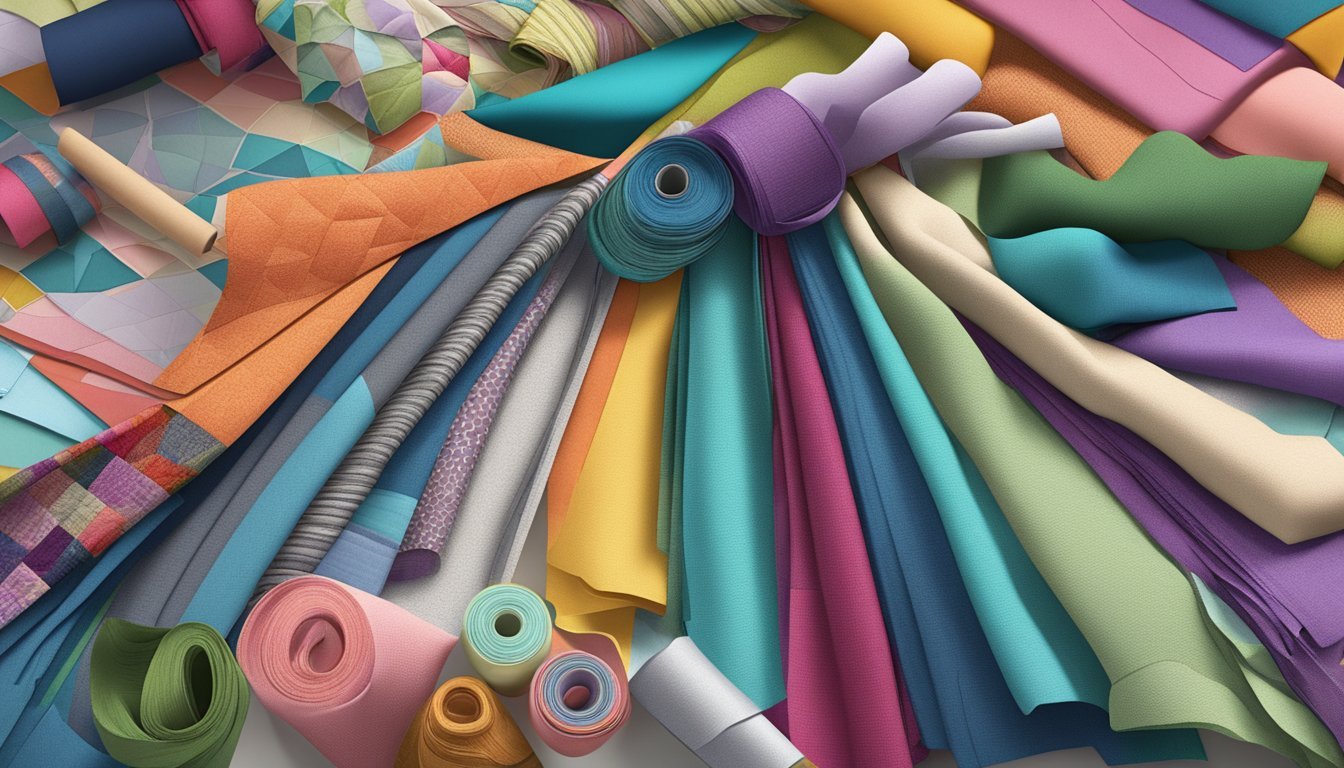
In this article, you’ll discover seven creative projects that will inspire you to breathe new life into your fabric scraps.
Whether you’re looking to create unique gifts or stylish home decor, there’s something here for everyone.
Get ready to unleash your creativity and make the most of what you have!
1) Quilted Coasters
Making quilted coasters is a great way to use up fabric scraps you have lying around.
They are functional and can really brighten up your table setting.
Plus, they’re a fun weekend project.
To get started, gather your fabric scraps.
You can mix and match colors and patterns for a unique look.
Cut your fabrics into strips, typically measuring around 1.25 by 6 inches.
You’ll also need some batting and a backing fabric.
This project allows you to get creative without the pressure of making something large.
Sewing quilted coasters can also give you practice with your quilting techniques.
They make for great gifts.
Who doesn’t love a handmade item? Use them for stocking stuffers or just to keep for yourself.
Simply grab your sewing machine and start stitching.
You’ll enjoy the satisfaction of turning scraps into something beautiful and useful.
2) Patchwork Pillows
Patchwork pillows are a fun way to use up your fabric scraps.
They add a unique touch to your home decor while being a quick and satisfying project.
Start by cutting your scraps into uniform shapes, like squares or rectangles.
This makes sewing them together much easier.
You can mix and match different colors and patterns for a vibrant look.
Sew the pieces into blocks, then stitch those blocks together for the pillow front.
Don’t worry about perfection; the charm lies in the variety of fabrics.
Once the front is complete, just add a backing fabric and stuff it with a pillow form.
This creates a cozy, handmade accent for your couch or bed.
You can experiment with different shapes and sizes, too.
A smaller pillow can work well on a chair, while larger ones can make a statement on a sofa.
Enjoy the process and let your creativity shine!
3) Fabric Scrap Garland
Making a fabric scrap garland is a fun and easy way to use up those leftover pieces.
Gather some fabric strips in various colors and patterns.
Aim for strips that are about ½ to 1 ½ inches wide.
You’ll also need yarn or string to serve as the base for your garland.
Measure out the desired length and cut your yarn.
Simply tie the fabric strips onto the string, spacing them out as you like.
You can alternate colors or create a specific pattern to match your decor.
This project is perfect for adding a pop of color to any room.
Hang it across a wall, drape it on a mantel, or use it for party decorations.
Feel free to mix in other materials too, like paper or ribbon, for extra flair.
Your fabric scrap garland will be unique and personal, showcasing your creative style.
4) Colorful Bookmarks
Using fabric scraps to create colorful bookmarks is a fun and practical project.
You can personalize your reading experience while making something useful.
Start by gathering your fabric scraps.
Choose vibrant colors and interesting patterns to make your bookmarks stand out.
Cut the fabric into rectangles, typically around 2 inches by 6 inches.
This size is perfect for most books.
If you want extra durability, consider adding a layer of interfacing.
Next, you can sew the edges to prevent fraying.
Another option is to use fabric glue for a no-sew method.
To add a unique touch, try sewing small appliques or using a quilt-as-you-go technique.
You can also create corner bookmarks with just a few pieces of fabric.
Cut two squares and a piece of interfacing for stability.
Get creative with embellishments like ribbons or buttons to make each bookmark unique.
This way, you’ll have a handy way to mark your page in style, all while recycling scraps.
Enjoy your crafting!
5) Scrappy Keychains
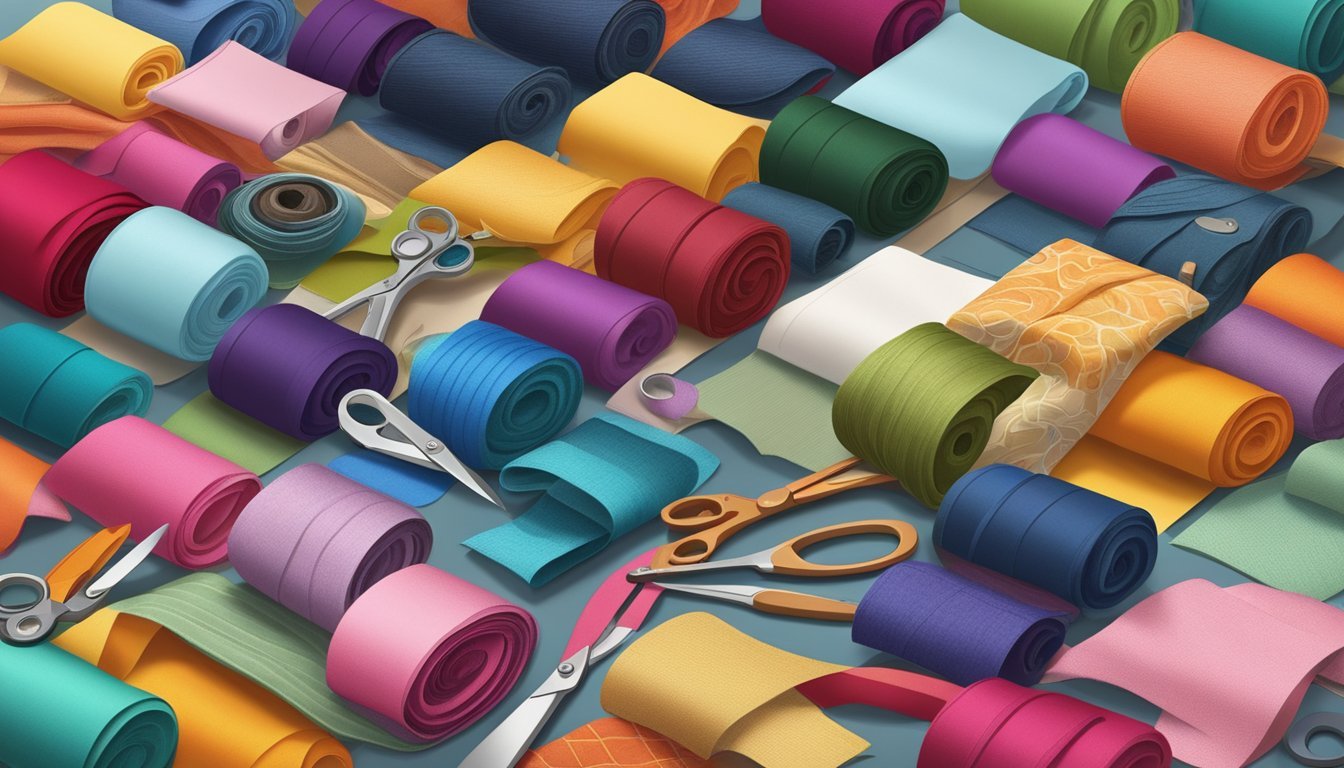
Using fabric scraps to make keychains is a fun and practical project.
You can transform those leftover pieces into something unique and stylish.
Start by selecting fabrics you love.
Cut them into shapes like hearts, stars, or simple rectangles.
Layer two pieces together, and then sew around the edges.
This will give your keychain a sturdy and finished look.
If you want to add some dimension, stuff the keychain with a bit of cotton batting.
It adds a cozy feel and makes it more interesting.
Don’t forget to attach a metal keyring at the top.
This part is essential for functionality, so make sure it’s secure.
These scrappy keychains also make great gifts.
Personalize them for friends and family using their favorite colors or patterns.
They’ll appreciate the thought and effort you put into making something special.
Mix and match fabrics for a playful aesthetic.
Let your creativity shine through as you use up those fabric remnants!
6) Festive Bunting

Using fabric scraps to create festive bunting is a fun way to add color to any space.
You can use various fabrics to reflect the season or occasion you’re celebrating.
Start by cutting your scraps into triangles or other shapes.
Attach them to a length of ribbon or tape using sewing or fabric glue.
If you want extra stability, sew them along the edge.
Leave some space between each piece for a relaxed look.
You can also mix and match different patterns for a more playful vibe.
For a touch of sparkle, consider adding embellishments like beads or buttons.
Every piece will bring a unique charm to your display.
Hang your bunting across walls, doorways, or even outside for gatherings.
It’s a simple, stylish way to showcase your creativity and celebrate in style.
7) Fabric-Wrapped Planters
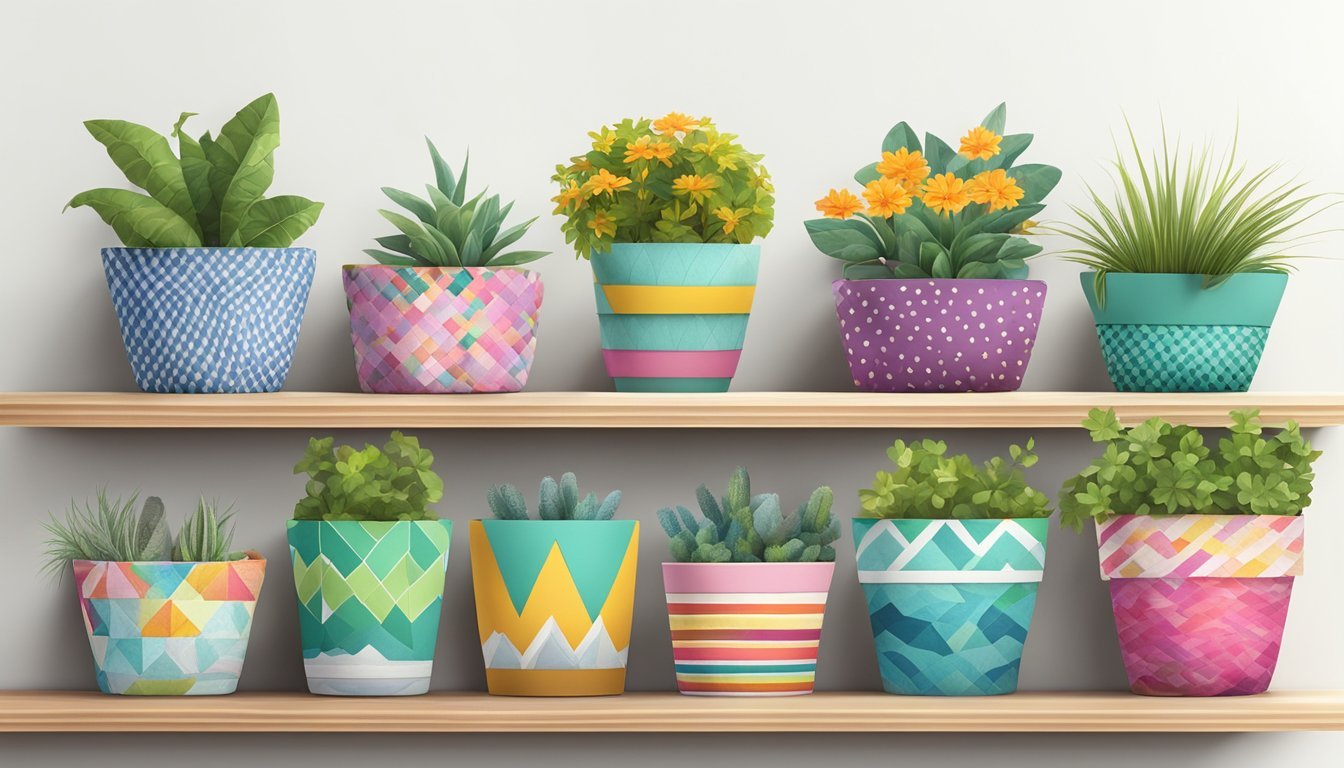
Transforming your pots into stylish fabric-wrapped planters is a fun way to use up those fabric scraps.
You can start by selecting your favorite pieces and cutting them into strips.
Choose a pot, old or new, and apply a layer of Mod Podge or a similar adhesive.
Begin wrapping the fabric strips around the pot, overlapping as you go for full coverage.
You can mix and match colors and patterns to create a unique look.
This adds a personal touch to your home decor while showcasing your favorite plants.
Once you’ve covered the pot, seal it with another layer of Mod Podge for durability.
This helps protect the fabric from moisture.
Feel free to customize with embellishments like ribbons or buttons for added flair.
Fabric-wrapped planters brighten up any space and make great conversation starters.
Understanding Fabric Scrap Basics
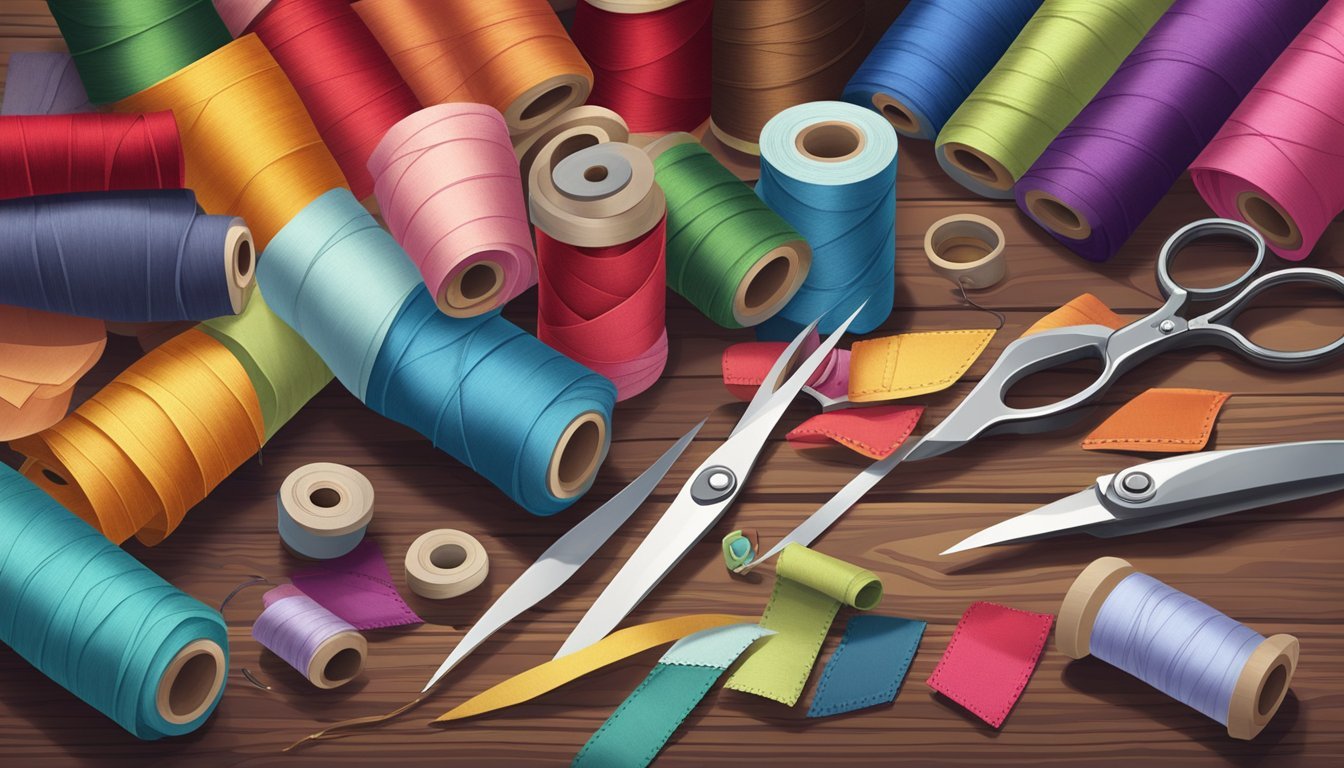
Knowing the different types of fabric scraps and how to organize them can help make your creative projects easier and more enjoyable.
It’s all about making the most of what you have on hand.
Types of Fabric Scraps
Fabric scraps can be categorized into various types based on their size and origin.
Here are a few common categories:
- Small Scraps: These are pieces less than 5 inches. Perfect for small projects or embellishments.
- Medium Scraps: Between 5 to 12 inches, these work well for patches or quilt squares.
- Large Scraps: Larger than 12 inches can be used for bags, garments, or larger quilting projects.
Knowing the size of your scraps can guide your project choices.
You may also want to consider the fabric type—such as cotton, linen, or knit—as this influences its use.
For example, cotton scraps are great for quilting, while knit scraps can be perfect for cozy, stretchy items.
Organizing Your Scraps
Keeping your fabric scraps organized will save you time and frustration when starting a new project.
Here are a few tips:
- Storage Bins: Use clear plastic bins labeled by fabric type or size. This makes it easier to see what you have.
- Drawer Systems: A rolling cabinet with drawers can keep your scraps tidy and accessible while allowing you to maximize your space.
- Color-Coding: Arrange scraps by color or pattern to help inspire your creativity.
Loose scraps can easily become overwhelming, so consider using baskets or fabric envelopes to keep smaller pieces categorized.
Regularly sorting and decluttering can also help maintain an efficient workspace, allowing you to enjoy the process of crafting with your fabric scraps.
How to Choose the Right Project
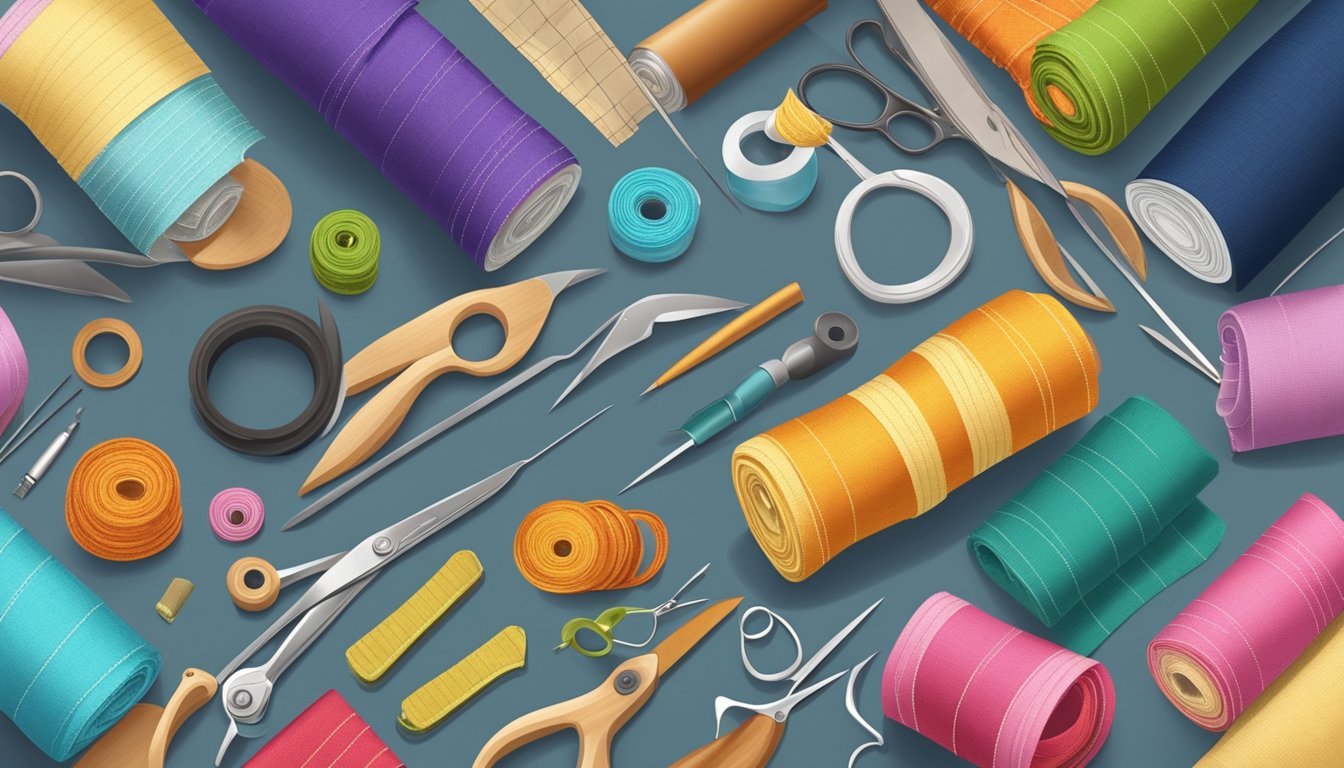
When you’re ready to tackle a project with your fabric scraps, choosing the right fit is key.
Consider the size of your scraps and the type of fabric you have to get the best results.
Here’s how to think through your options.
Matching Projects with Scrap Sizes
Start by assessing your fabric scraps.
Measure your pieces and categorize them by size: small (under 5 inches), medium (5 to 12 inches), and large (over 12 inches).
Certain projects will work better with specific sizes.
- Small scraps work great for patchwork, appliqué, or embellishments.
- Medium scraps are perfect for items like pouch bags or coasters.
- Large scraps can be used for quilts or large-scale wall art.
Knowing the sizes helps you pick projects that won’t leave you with extra unusable bits.
It’s about maximizing what you have and ensuring every piece serves a purpose.
Considering Fabric Types
Next, think about the types of fabric you’re working with.
Different materials have unique properties that can influence your project.
- Cotton scraps are versatile and easy to sew, making them suitable for most projects.
- Knits add stretch but can be trickier to handle. Consider using them for simple patterns.
- Denim or canvas are durable and great for bags, but they may require heavier sewing machines.
Mixing different types can create interesting textures and looks.
Just keep in mind the compatibility of fabric types when planning your project.
This will ensure a more enjoyable sewing experience.


